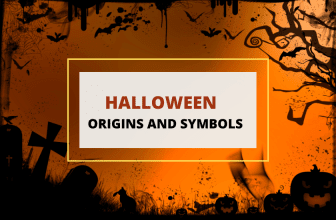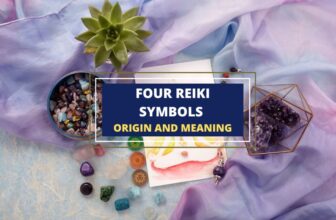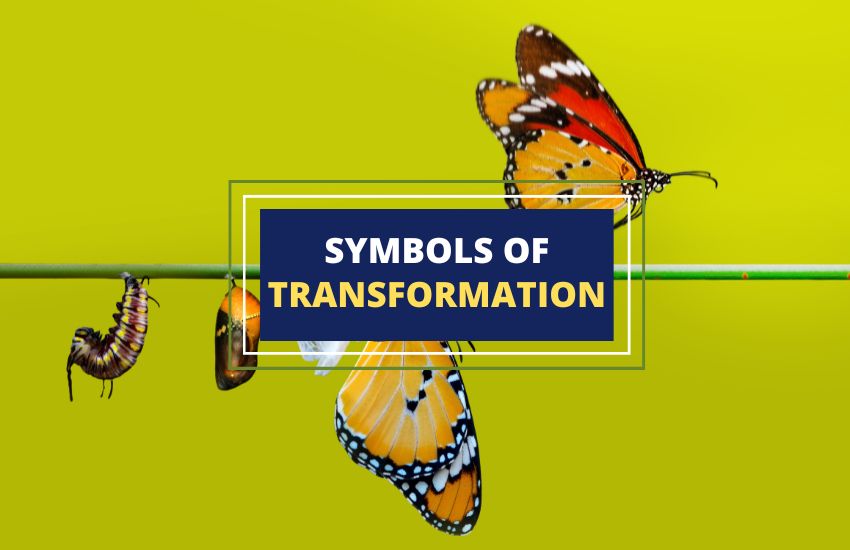
Table of Contents
Transformation is an essential aspect of life. Even though we may resist it, change and transformation occurs all the time.
In this article, we’ll explore 19 different symbols of transformation, from the phoenix rising from the ashes to the snake shedding its skin.
We’ll delve into the meaning behind each symbol and how it can help you transform your life.
1. Butterfly

The butterfly has long been recognized as a symbol of transformation across various cultures worldwide. This delicate insect undergoes a complete metamorphosis, transforming from a crawling caterpillar into a beautiful butterfly.
In Native American cultures, the butterfly is often seen as a messenger of spirits, representing transformation, change, and growth.
The ancient Greeks associated the butterfly with the soul, believing it represented the soul’s journey after death.
In Chinese culture, the butterfly symbolizes joy, happiness, and longevity.
The butterfly’s transformation has also been used as a personal growth and change metaphor.
2. Snake

The snake has been a symbol of transformation across many cultures throughout history. In many ancient cultures, the snake was associated with healing and transformation, as it was believed to shed its skin and emerge renewed.
When the Kundalini, the spiritual force that rests at the base of the spine, is awakened via practices like meditation and yoga, the serpent becomes a powerful ally.
The snake is associated with the concept of rebirth, as the shedding of its old skin represents the shedding of the old self to embrace a new, transformed self.
3. Tree

The tree is a powerful symbol of transformation across many cultures and spiritual traditions. In many Native American cultures, trees are seen as living beings with unique spirits and energy.
Trees are also seen as symbols of growth and renewal, as they shed their old leaves and grow new ones yearly.
In Celtic mythology, trees were seen as gateways between the physical and spiritual realms, often used as symbols of rebirth and regeneration.
Trees have also been used as symbols of family and ancestry, representing the interconnectedness of all life on earth.
4. Water

Water has long been recognized as a symbol of transformation across many cultures and spiritual traditions.
In ancient Egyptian mythology, the Nile River was a source of renewal and transformation, bringing life to the desert landscape.
In Hinduism, water is associated with the goddess Ganga, which purifies the soul and brings about spiritual transformation. In Christianity, water is used in baptism as a symbol of rebirth and spiritual transformation.
Water is also associated with emotions, as it can be calm and peaceful or turbulent and stormy and is often used as a metaphor for the human psyche.
5. Death tarot card

The Death tarot card is a powerful symbol of transformation and change in the world of tarot. Despite its ominous name and appearance, the Death card does not represent physical death but rather a symbolic death of the old self to make way for new growth and transformation. In many spiritual traditions, death is seen as a necessary part of life, as it allows for renewal and rebirth.
The Death card often appears during transition or major change, signaling a significant transformation. It can be a difficult card to receive in a reading, but ultimately it serves as a reminder that change is necessary for growth and transformation and that by letting go of the old, we make room for the new.
6. Cross

The cross is a powerful symbol of transformation across many cultures and spiritual traditions. In Christianity, the cross represents the transformation of Jesus Christ, who died and was resurrected three days later, symbolizing the triumph of life over death.
The cross is also seen as a symbol of sacrifice and redemption, as well as a reminder of the transformative power of faith.
In ancient Egyptian mythology, the ankh, a cross-like symbol with a loop at the top, was associated with eternal life and regeneration.
The cross has also been used to symbolize balance and harmony, representing the intersection of two opposing forces.
7. Moon

The moon symbolizes transformation and changes across many cultures and spiritual traditions. In astrology, the moon represents our emotions and inner world and is associated with cycles of growth and change.
In many Native American cultures, the moon is seen as a powerful force of transformation, affecting the tides and cycles of nature.
We frequently link the full moon with intense feelings and a time of letting go, whereas the new moon is seen as a time to make fresh starts and make resolutions.
The Hindu god Shiva, who represents rebirth and renewal, is commonly represented with a crescent moon superimposed on his forehead.
8. Mandala
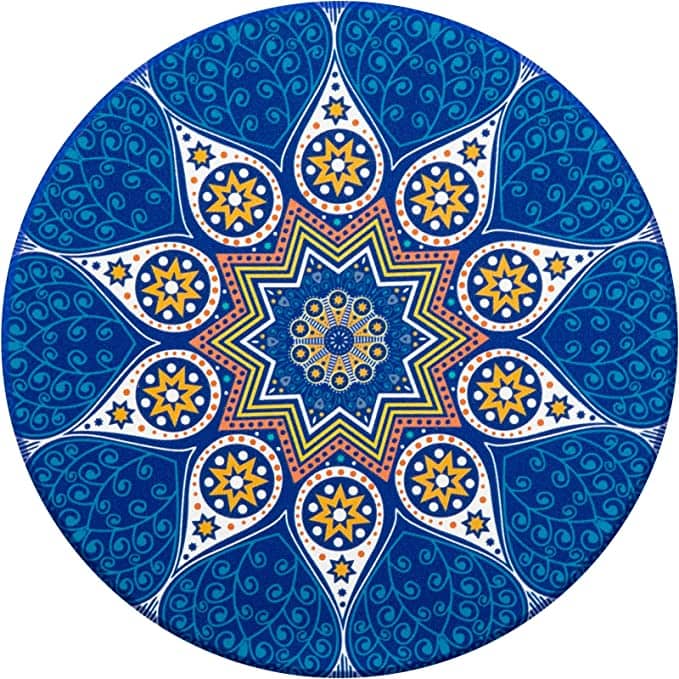
The mandala symbolizes transformation and wholeness across many cultures and spiritual traditions. In Hinduism and Buddhism, mandalas are used as meditation and spiritual transformation tools, representing the universe and the interconnectedness of all things.
Mandalas are often circular, with intricate geometric patterns that represent the balance and harmony of the universe. In Native American cultures, mandalas are used in healing rituals and are believed to help restore balance and harmony to the individual and the community.
Creating a mandala can also be a transformative experience. It allows the individual to focus their mind and channel their creative energy into a symbolic representation of their inner world.
9. Thunderbird
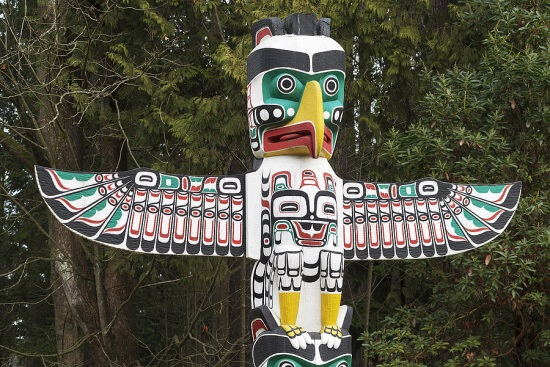
The thunderbird symbolizes transformation and power in many Native American cultures. This mythical creature is often depicted as a large bird with thunderous wings and lightning bolts emanating from its eyes and beak.
The thunderbird is seen as a powerful force of transformation, able to bring about change and renewal.
In some cultures, the thunderbird is associated with water and is believed to control rain and thunderstorms. The thunderbird is associated with the spiritual realm, a messenger between the spirit and physical worlds.
10. Hourglass

The hourglass represents progress through time and change. It’s a common allegory for how quickly things may change and how transitory life can be. The hourglass represents the passage of time and change in many different civilizations.
In ancient Egypt, the hourglass was associated with the goddess Ma’at, representing balance and harmony in the universe. In Christianity, the hourglass is often used as a reminder of the transience of life.
The hourglass can also represent the idea of transformation through discipline and focus, as it requires the individual to be mindful of the passage of time and make the most of each moment.
11. Reincarnation

Reincarnation is a metaphor for metamorphosis with strong roots in many world religions. After death, the soul is said to be reincarnated into a new body where it may continue evolving and developing.
To gain enlightenment and freedom from the cycle of birth and death, reincarnation is a major concept in both Hinduism and Buddhism.
Reincarnation is seen as a chance for Native Americans to go on their spiritual path and realize their life’s goals.
Reincarnation can also be seen as a metaphor for personal growth and transformation, as it suggests that the individual has the potential to continue evolving and learning from their experiences in each lifetime.
12. The egg
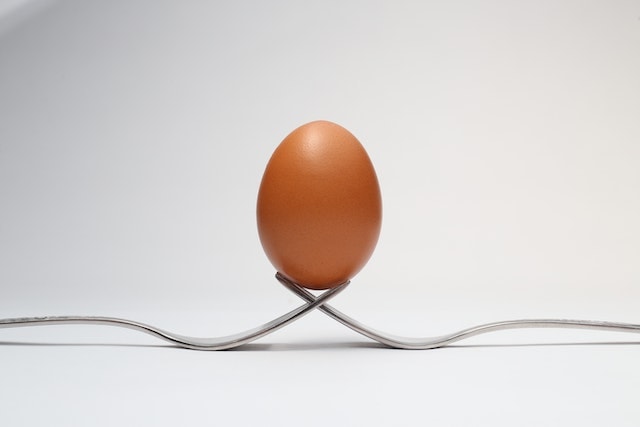
The egg is a symbol of transformation across many cultures and spiritual traditions. In Christianity, the egg symbolizes rebirth and resurrection, representing the tomb from which Jesus emerged after his crucifixion.
In Hinduism, the egg is associated with the creation and symbolizes new beginnings. In many Native American cultures, the egg is used in healing rituals and is believed to have transformative powers.
Hatching from an egg can also metaphorize personal growth and transformation. It represents the struggle and effort necessary to break free from old patterns and emerge into a new way of being.
13. The labyrinth
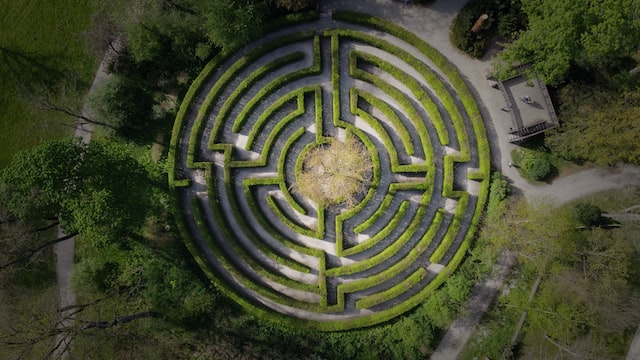
The labyrinth is a symbol of transformation used in many cultures throughout history. In Greek mythology, the labyrinth was a maze created by the craftsman Daedalus and was home to the Minotaur, a half-man, half-bull creature.
The labyrinth was seen as a symbol of life’s journey and the struggle to find one’s way through the twists and turns.
In medieval Christianity, labyrinths were often used as a spiritual practice, representing the soul’s journey toward union with God.
The labyrinth can also be seen as a metaphor for personal growth and transformation, as it requires the individual to navigate the unknown and overcome obstacles to reach their destination.
14. The phoenix tree
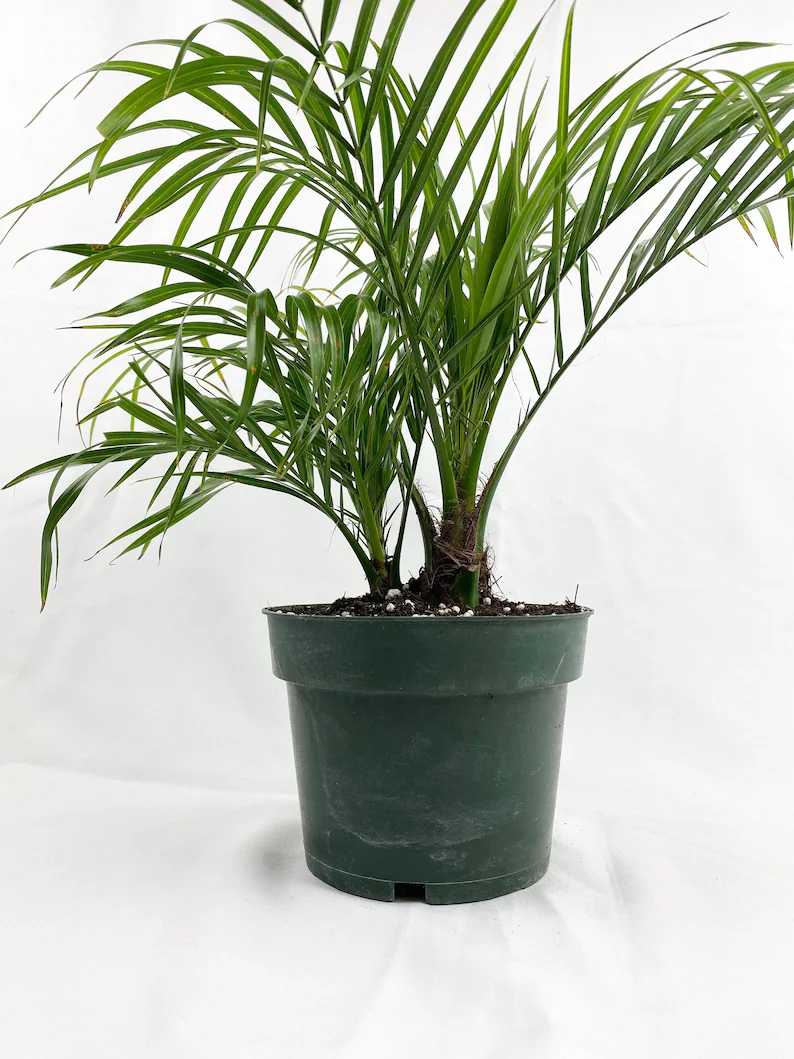
The phoenix tree is a large tree that symbolizes transformation and renewal rooted in Chinese mythology.
It’s so-called because, according to legend, a phoenix is said to have perched on the tree. The phoenix bird has the power to rise from its ashes, symbolizing the cycle of death and rebirth.
The phoenix tree, also known as the “tree of life,” is believed to have transformative powers and is often used in traditional Chinese medicine to promote healing and longevity.
The bark of the phoenix tree contains potent medicinal properties to treat various ailments. In Feng Shui, the phoenix tree is associated with prosperity and good fortune and is often used to bring positive energy into the home or workplace.
15. The alchemical symbol for transmutation
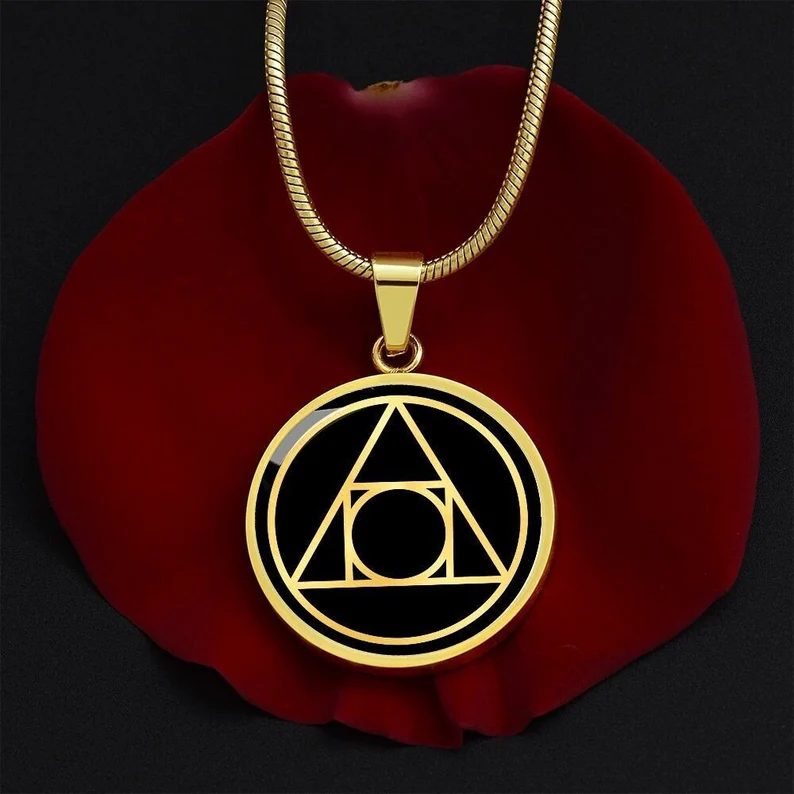
The alchemical symbol of transmutation is a powerful symbol of transformation rooted in ancient alchemy.
The symbol is represented by an upward-pointing triangle enclosed within a circle, often used to represent the process of turning metals into gold.
The symbol of transmutation is also a metaphor for personal growth and transformation, as it represents the potential for transformation and the evolution of the self.
In many spiritual traditions, the transformation process is a journey of self-discovery and enlightenment. It requires the individual to overcome obstacles and challenges to reach a state of wholeness and harmony.
16. The mirror

The mirror is a symbol of transformation used in many cultures throughout history. In Greek mythology, the goddess Athena was said to carry a mirror, which represented the power of self-reflection and introspection.
In Buddhism, the mirror is often used as a metaphor for the mind, representing the potential for self-awareness and inner transformation.
The mirror can also be seen as a symbol of truth, as it reflects back to us our true selves and can reveal hidden aspects of our psyche. In many spiritual traditions, the transformation process begins with self-awareness and an honest examination of one’s thoughts and behaviors
17. The blacksmith

The blacksmith is a symbol of transformation used in many cultures throughout history. In Norse mythology, the God Thor was often depicted as a blacksmith, using his hammer to forge weapons and armor for the gods.
In many Native American cultures, the blacksmith is seen as a powerful force of transformation, using fire and heat to transform raw materials into objects of beauty and utility.
The blacksmithing process requires skill, patience, and determination and serves as a personal growth and transformation metaphor. The blacksmith is also a symbol of creativity, as the individual uses their imagination and vision to bring their creations to life.
18. The spiral staircase

The spiral staircase symbolizes transformation used in many cultures throughout history. The spiral staircase is often used as a metaphor for life’s journey, with each step representing a new phase of growth and transformation.
In medieval Christianity, the spiral staircase was often used to symbolize a spiritual ascent, representing the journey toward union with God.
The spiral staircase can also symbolize personal growth and transformation, requiring the individual to navigate the unknown and overcome obstacles to reach new heights.
19. Seed

The seed symbolizes transformation and growth used in many cultures throughout history. The seed represents the potential for new life and the cycle of growth and transformation.
In many spiritual traditions, the seed is seen as a metaphor for the human potential for transformation and growth, as it contains the potential to become something greater within it.
The seed can also be seen as a symbol of patience, as it requires time and nurturing to grow and reach its full potential. In some cultures, the seed is associated with the earth element and is believed to have grounding and stabilizing properties.
20. Phoenix

The phoenix is a mythical bird that’s been around for centuries, and it’s one of the most powerful symbols of transformation out there. It’s said to live for hundreds of years, and then it dies in a burst of flames. But then it rises from the ashes, reborn and renewed.
This majestic bird reminds us that even when we feel like we’re at our lowest point, there’s always a chance for us to rise from the ashes and start anew.
We all go through difficult times in life, but the phoenix shows us that those times don’t have to define us. Instead, they can be the catalyst for transformation and growth.
21. Caterpillar

The caterpillar symbol ties back to the butterfly. These little crawling critters can teach us a lot about change and growth. When a caterpillar goes through metamorphosis and turns into a butterfly, it’s a powerful reminder that transformation is possible for all of us.
So next time you see a caterpillar munching away on a leaf, remember that it’s not just a bug – it’s a symbol of the amazing things that can happen when we embrace change and transform ourselves.
22. Dragon
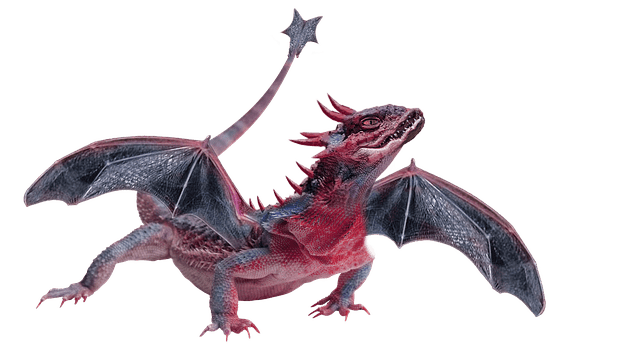
Dragons have been a part of many cultures and mythologies, and they’re typically depicted as fierce, powerful creatures that can breathe fire and cause chaos. But, beyond their intimidating exterior, dragons also represent transformation.
Think about it – dragons are creatures of myth and legend, and they’re often associated with magic and mystery. They’re also known for their ability to change the form, such as transforming from a serpent-like creature to a full-blown dragon. This ability to transform is a powerful symbol of change and personal growth.
In many cultures, dragons are associated with rebirth and renewal. They represent the idea that we can shed our old selves and emerge as something new and powerful. So, if you’re going through a difficult time in your life, the dragon can be a powerful symbol to help you navigate the changes and emerge stronger than ever.
23. Chrysalis

The chrysalis – the little cocoon that caterpillars spin around themselves before they transform into beautiful butterflies. It may look like a simple shell, but it’s actually a powerful symbol of transformation.
Inside that little chrysalis, the caterpillar is undergoing a complete metamorphosis. Its body is breaking down and rebuilding itself into a completely new form and that’s an impressive feat! When it emerges from the chrysalis as a butterfly, it’s like a whole new creature has been born.
What can we learn from the chrysalis? Well, it’s a reminder that sometimes we need to retreat into ourselves and undergo some changes before we can emerge as our best selves. Just like the caterpillar, we may need to break down old habits and ways of thinking before we can rebuild ourselves into something new and beautiful.
24. Lotus Flower

The lotus grows in muddy waters, but it rises above the muck and emerges as a beautiful, pure flower.
This makes it a powerful symbol of transformation and enlightenment. It’s a reminder that even in the midst of difficult or challenging circumstances, we can rise above it all and become our best selves.
The lotus flower also has different meanings in different cultures. In Buddhism, for example, it represents the journey towards enlightenment. And in ancient Egypt, it was a symbol of rebirth and the afterlife.
25. Yin-Yang
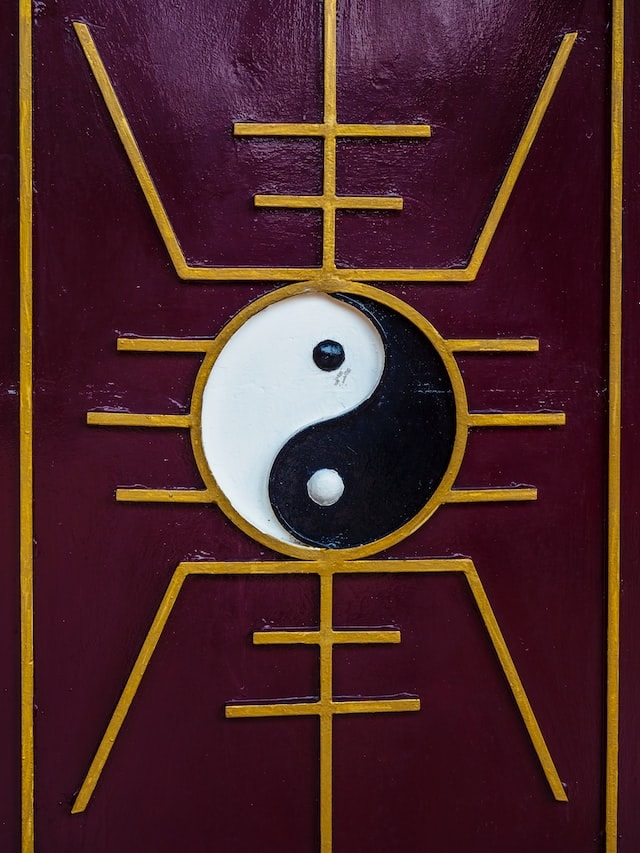
This ancient Chinese symbol represents the balance and harmony of opposite forces in the universe, such as light and dark, hot, and cold, and male and female. The symbol consists of two interconnected shapes, one black and one white, that swirl around each other in a continuous cycle.
But what makes the yin-yang symbol so fun is that it’s not just a symbol of transformation, but also of playfulness and humor. The contrasting colours and shapes of the symbol create a sense of whimsy and lightheartedness. It’s almost as if the symbol is telling us not to take life too seriously and to enjoy the journey of transformation.
In fact, many people use the yin-yang symbol as a decorative element in their homes or as a tattoo on their bodies as a reminder to embrace both the light and dark sides of life and to find joy in the process of transformation.
26. Sun

The sun has been worshipped by cultures all over the world for thousands of years, and for good reason. It’s the source of light and warmth, and without it, life as we know it wouldn’t be possible.
Beyond its practical significance, the sun is also a powerful symbol of transformation. Just think about it – every day the sun rises and sets, bringing about a new beginning and an end to the day before. It’s a constant reminder that change is inevitable, and that transformation is a natural part of life.
And if you really want to have some fun, just take a look at some of the myths and legends surrounding the sun. In some cultures, the sun is said to be pulled across the sky by a chariot, while in others it’s a powerful deity that brings about life and death.
27. Thunderbolt
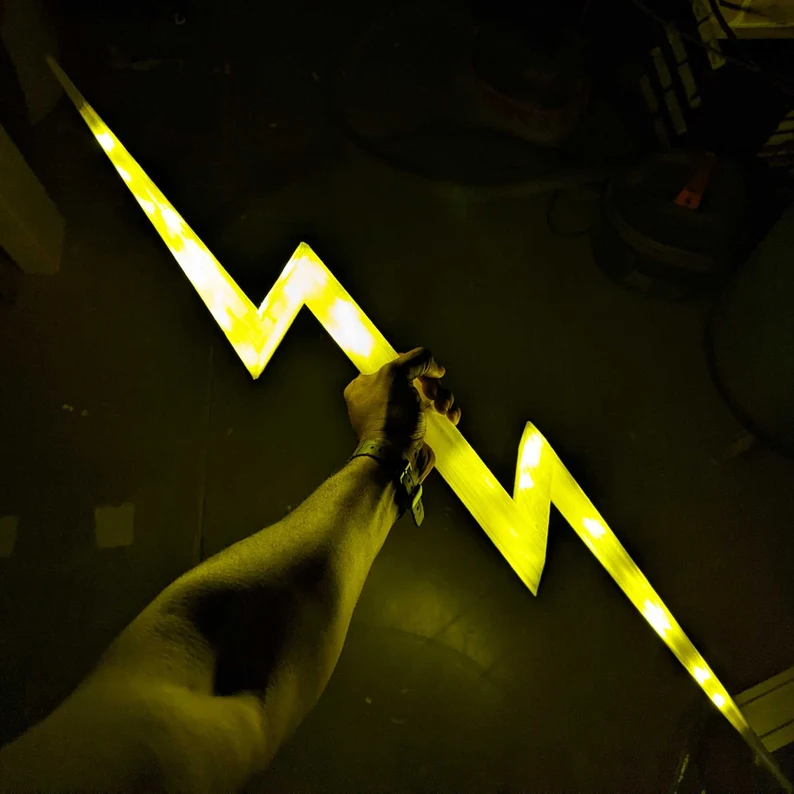
In Greek mythology, Zeus, the king of the gods, wielded a thunderbolt as his weapon. The thunderbolt was a symbol of his power and authority, but it was also a tool of transformation. When Zeus struck something with his thunderbolt, it was instantly transformed, whether that was a person or an object.
In some cultures, thunderbolts are associated with sudden change and transformation. The loud sound and bright flash of lightning can be frightening, but they also signal a shift in the atmosphere. Thunderbolts can represent a sudden, dramatic change that alters the course of one’s life.
28. Diamond

Diamonds are not only a girl’s best friend but also a powerful symbol of transformation. They’re formed under intense pressure and heat deep beneath the earth’s surface. This transformation from a simple carbon molecule into a brilliant gemstone represents the journey of transformation we all go through in life.
In addition, diamonds have been traditionally associated with love and commitment, as they are often used in engagement rings. This symbolizes the transformation of a relationship from dating to a committed union.
Diamonds are also a symbol of strength and resilience. Like a diamond, we can face difficult challenges and emerge stronger and more brilliant than ever before.
Wrapping Up
Hopefully, you’ve learned something new and gained a deeper appreciation for the power of these symbols. Remember, transformation is an ongoing process, and these symbols can serve as a source of inspiration and guidance as you navigate the ups and downs of life.
Similar Articles:
Top 10 Symbols of Grace and What They Mean
Top 15 Powerful Symbols of Quality and What They Mean






